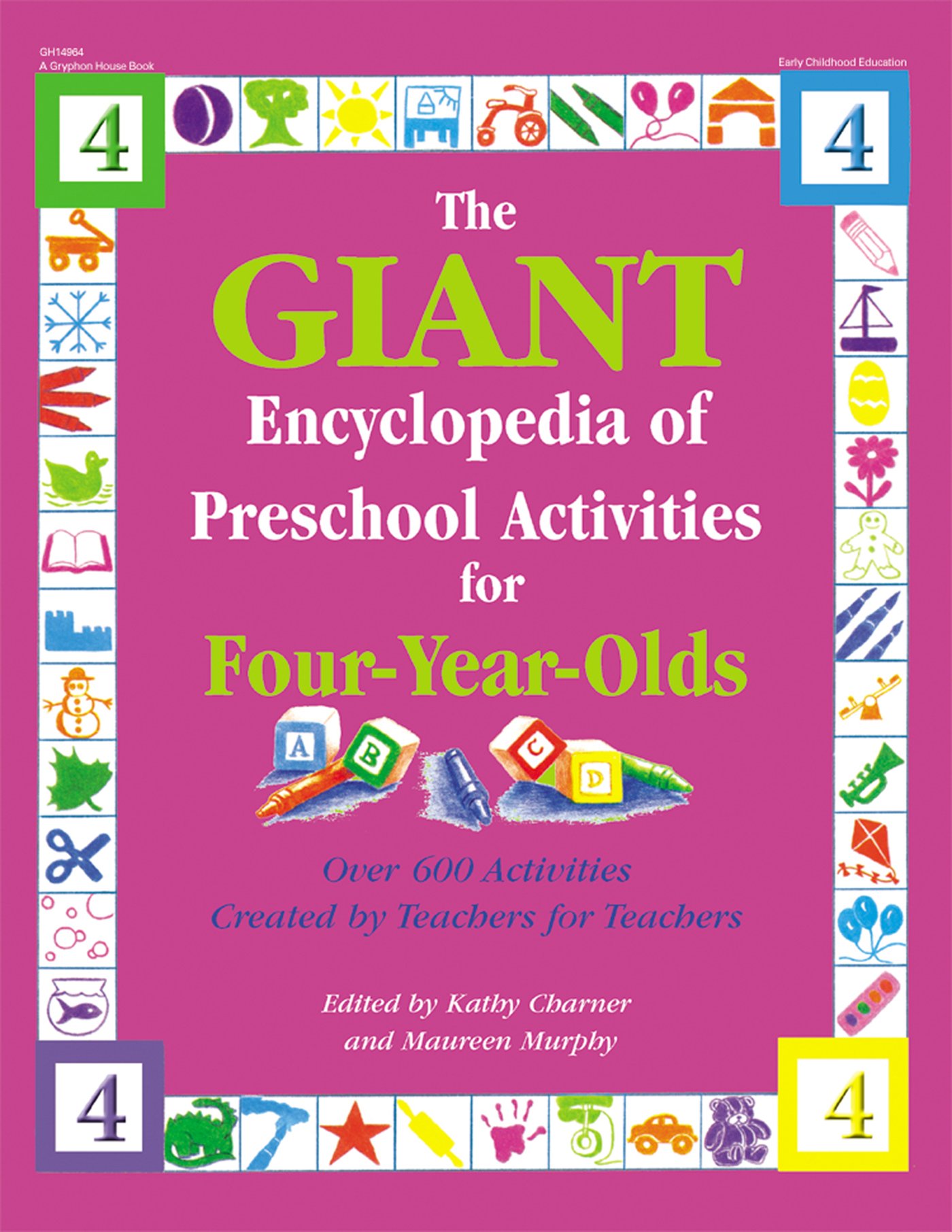Materials
- Large piece of art paper
- Fine-tip permanent markers
- Colored pencils
- Tea or coffee
- Paper towel
- Scissors
- Various maps
- Transparent tape
- Special "pirate treat"
What to do
1. Design a treasure map, including different locations throughout the outside play area. On a large piece of art paper, draw a map using fine-tip permanent markers and colored pencils.
2. Be creative when labeling the map. For example, label the sand box "Little Desert," or the slide "Slippery Hill." Don't forget to decide on a hiding place for the treasure and mark it with an "X."
3. When you finish the map, give it an "aged" look. Pour some leftover tea or coffee on a paper towel and rub it over the map to make the map look old. Let it dry.
4. When the map is completely dry, ball it up, being careful not to tear it. Open it back up and re-label it. This will give the map a wrinkled and worn look. If desired, cut around the edges of the map to give it a nice shape.
5. Cut the map into five different pieces. Every day, hide one of the pieces of the map for the children to find.
Days 1 through 4
6. Tell the children that they are going on a treasure hunt and all they will need is a map. The children may wonder what a map is, so it is a good idea to show them some maps, such as road maps, fire escape plans, or even floor plans to a house. Explain to the children that you have hidden a piece of the treasure map somewhere in the center or outside. Therefore, they should keep their eyes open all day so they can find it.
7. When a child eventually finds the map, sit down with the children and talk about where they think the treasure is.
8. Post the piece of the map on the wall so parents and children can discuss the adventure as the week progresses.
9. Each day, hide another piece of the map. When the children find it, tape the map together using clear tape. Save the "X" piece for the last day.
10. On the day of the treasure hunt, hide the treasure before the children arrive. Mark the area with an "X." You might decide to put the treasure in an old tool chest and bury it in the sand box, or place the treasure in a pillowcase, tie it with a string, and hoist it into a tree. There are many different things you can use for the treasure, such as frozen ice treats buried in a small cooler, chocolate-covered coins, or even a special storybook about pirates.
11. When someone finds the last piece of map and it is taped in place, you are now ready to find the treasure. Encourage the children to make predictions and come to conclusions on their own.
More to do
- Books: Fill the bookshelf with books about ships, pirates, and sunken treasures.
- Dramatic Play: Put pirate costumes in the Dramatic Play Center.
- Home Connection: Set up your own classroom treasure box that children can add to during the week. Encourage them to bring in special treasures from their homes.
- Literacy: With the children, document your activities through photographs and observations so that you will have a permanent record of the week's activities.
- Math: Children may enjoy measuring things, such as how far away things are from one another. Measure using yard or meter sticks and by pacing off areas.
- Social Studies: Encourage the children to create their own maps of their homes, classroom, neighborhood, and even their daily activities.
-Mark Crouse, Port Williams, Nova Scotia, Canada
Instructions
1. Cut out full body pictures of children, dolls, animals, and so on from catalogs.
2. Glue the pictures to poster board.
3. Tape sticks to the backs of the pictures to make puppets.
4. Place the puppets in a basket or box and put it out during free choice time.
Encourage the children to make up plays, using tables or chairs as a stage (or
build a stage with blocks). This is a wonderful language activity.
More to do
Art: Place catalogs in the art area so the children can make their own puppets to
add to the basket or take home.
